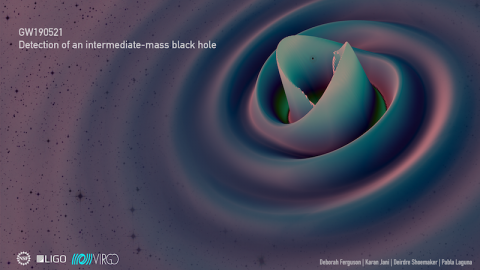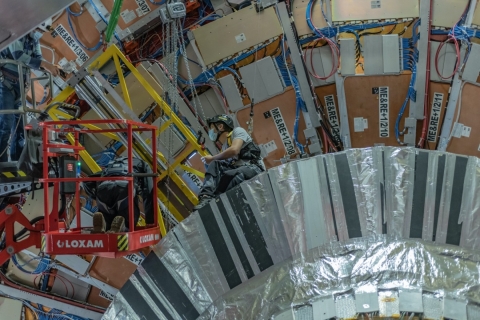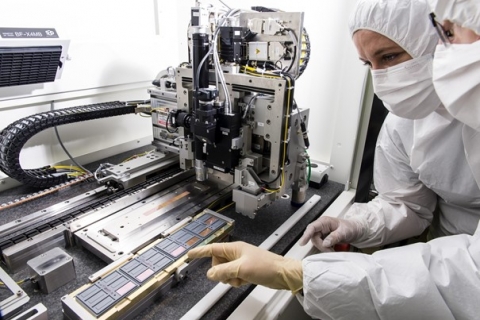September 2020 - November 2020
Random Number Generators for Precision Monte Carlos
The Monte Carlo method is used primarily for calculations that are too difficult or even impossible to perform analytically, so that as our experiments and theories become more accurate, we become more dependent on the quality of our MC calculations…
Read moreWhat is the likelihood function, and how is it used in particle physics?
In statistical data analysis, “likelihood” is a key concept that is closely related to, but crucially distinct from, the concept of “probability”, which is often a synonym in everyday English. In this article, I first lay some necessary…
Read moreSystematic uncertainties: the new target of Machine Learning for HEP
The accurate measurement of physical constants is one of the main goals of research in subnuclear physics. On one side, it improves our ability to represent physical reality through our theoretical models, which opens the way to more stringent tests…
Read moreBeyond the Standard Model Explanations of GW190521
Earlier this month the LIGO and Virgo gravitational wave observatories announced the discovery of GW190521, an exceptional and extraordinary signal. Seven billion years ago — a little over half the age of the universe — at the other end of the…
Read moreCMS restarts and continues working under Covid-19 conditions
One of the major objectives of CMS for LS2 is an early phase-2 electronics upgrade of the Cathode Strip Chambers (CSC), located on all three endcap disks, and the installation of one layer of triple Gas Electron Multiplier Chambers (GEM) on the…
Read moreA word from the Deputy Department Head of EP - September 2020
Dear Colleagues, dear Members of the EP Department and CERN Users, Welcome to the autumn edition of the EP Newsletter, as the change of weather heralds the new season. You will notice that the look and feel has changed a little, as this is the…
Read moreChips on a ladder: end of production for ALICE-MFT
After more than four years of research and development, design and manufacturing work, the MFT (Muon Forward Tracker), a new detector that will equip the ALICE experiment at the LHC, has seen its construction finalized and is currently under…
Read moreMADMAX prototype test at CERN
Axion : A promising Dark Matter candidate For decades astronomical observations have indicated the existence of large quantities of dark matter in the universe. Until today, the nature of dark matter has not been understood and is therefore a…
Read moreATLAS New Small Wheel Upgrade – activities resumed after down-time from COVID-19
As discussed in a previous issue of the EP Newsletter (The ATLAS New Small Upgrade – entering new waters, preparing to install and commission its first sector, October 2019), the New Small Wheel (NSW) Upgrade is the most challenging and…
Read moreLHCb in the hunt of tetraquarks
In 2003, the Belle collaboration reported the observation of an unexpected new particle, showing up in the mass spectrum of J/ψ π π candidated. Its mass was somewhat close to the value expected for the yet unobserved χc1(2P) charmonium, but its…
Read more







